WHAT IS ABA Therapy?
Is ABA Therapy RIGHT for my child?
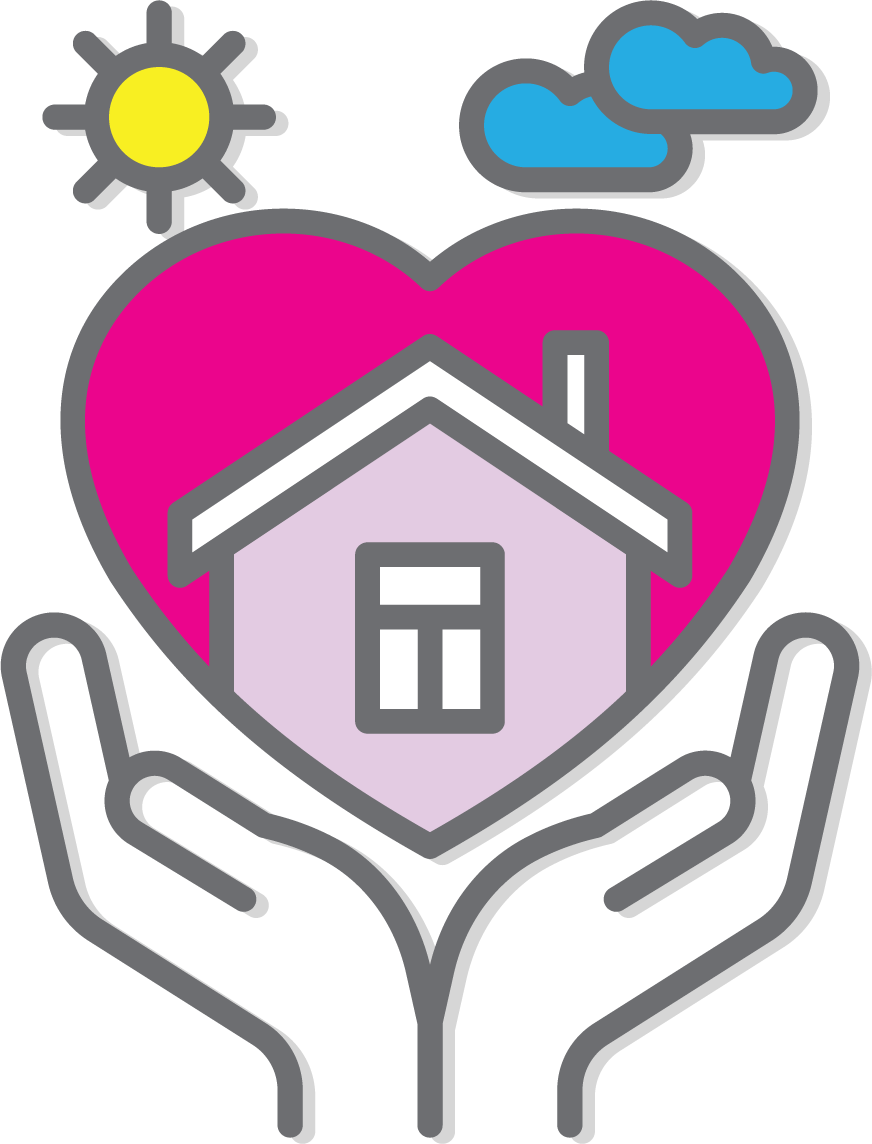
In-Home Services
In-home ABA services are conducted at time intervals that are convenient for the child and the family. The number of sessions per week will depend on your insurance and availability.




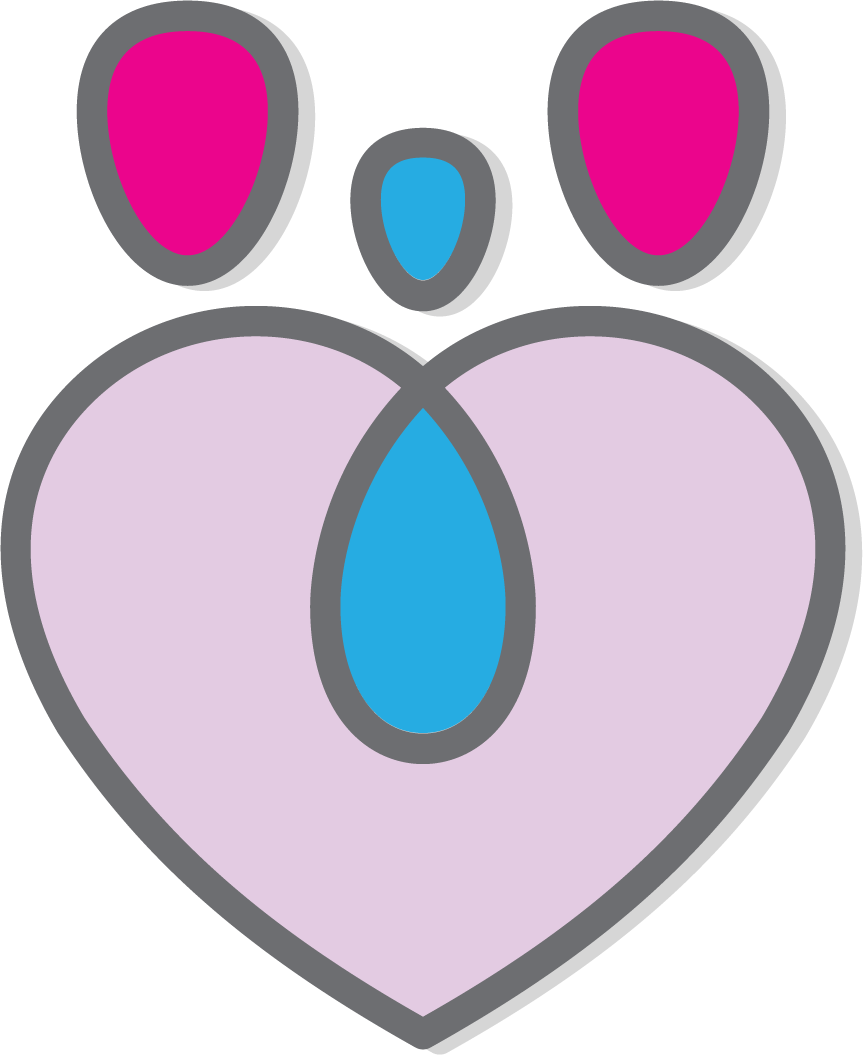
Parent & Family Training
Parent training is vital to progress in ABA therapy. The goal of ABA therapy is to have successful experiences not only in-session but OUTSIDE of sessions as well. In order to achieve this, Parent and family participation is necessary because it truly does take a village!
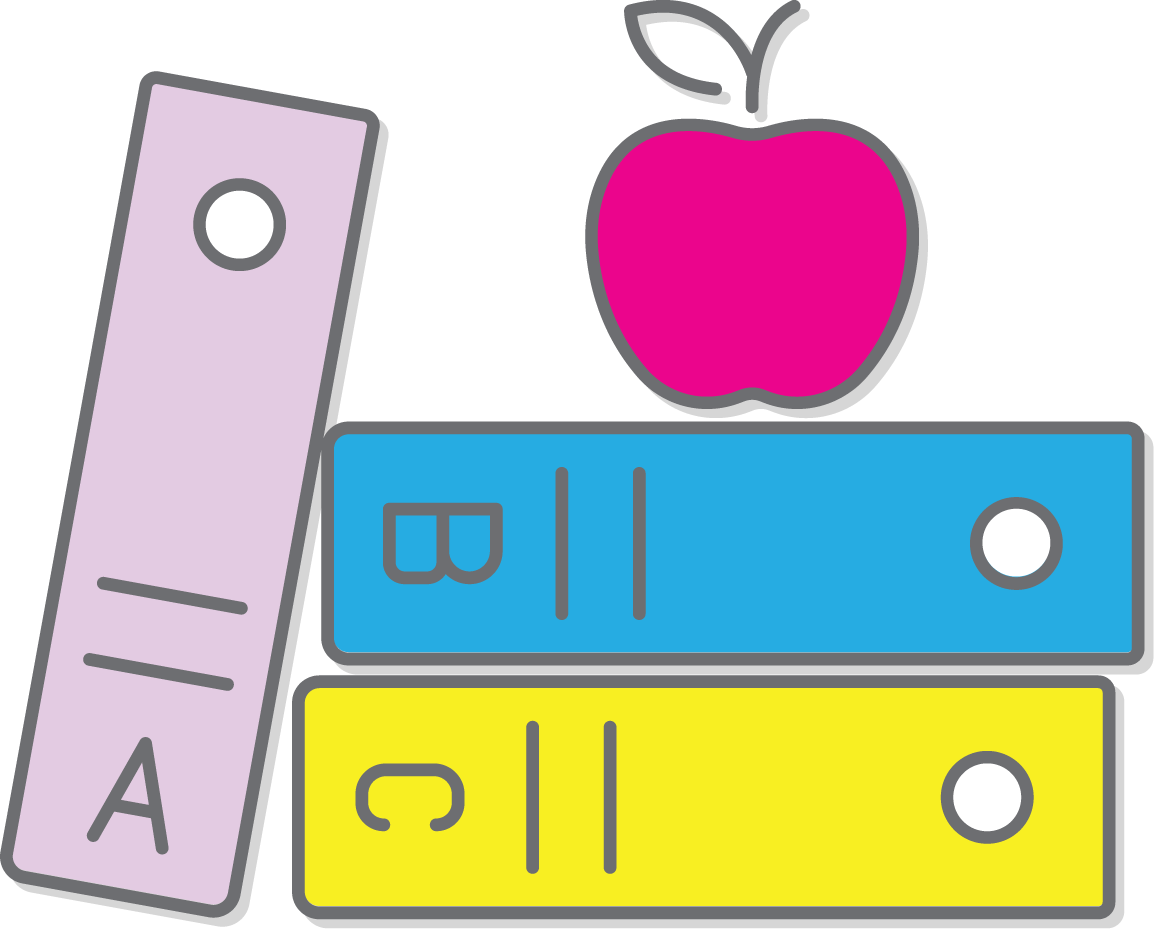
IEP Collaboration
For children who are also attending schools where they are on an Individualized Education Program (IEP), we collaborate directly with you and your child's educators to create, monitor, and adjust that program.




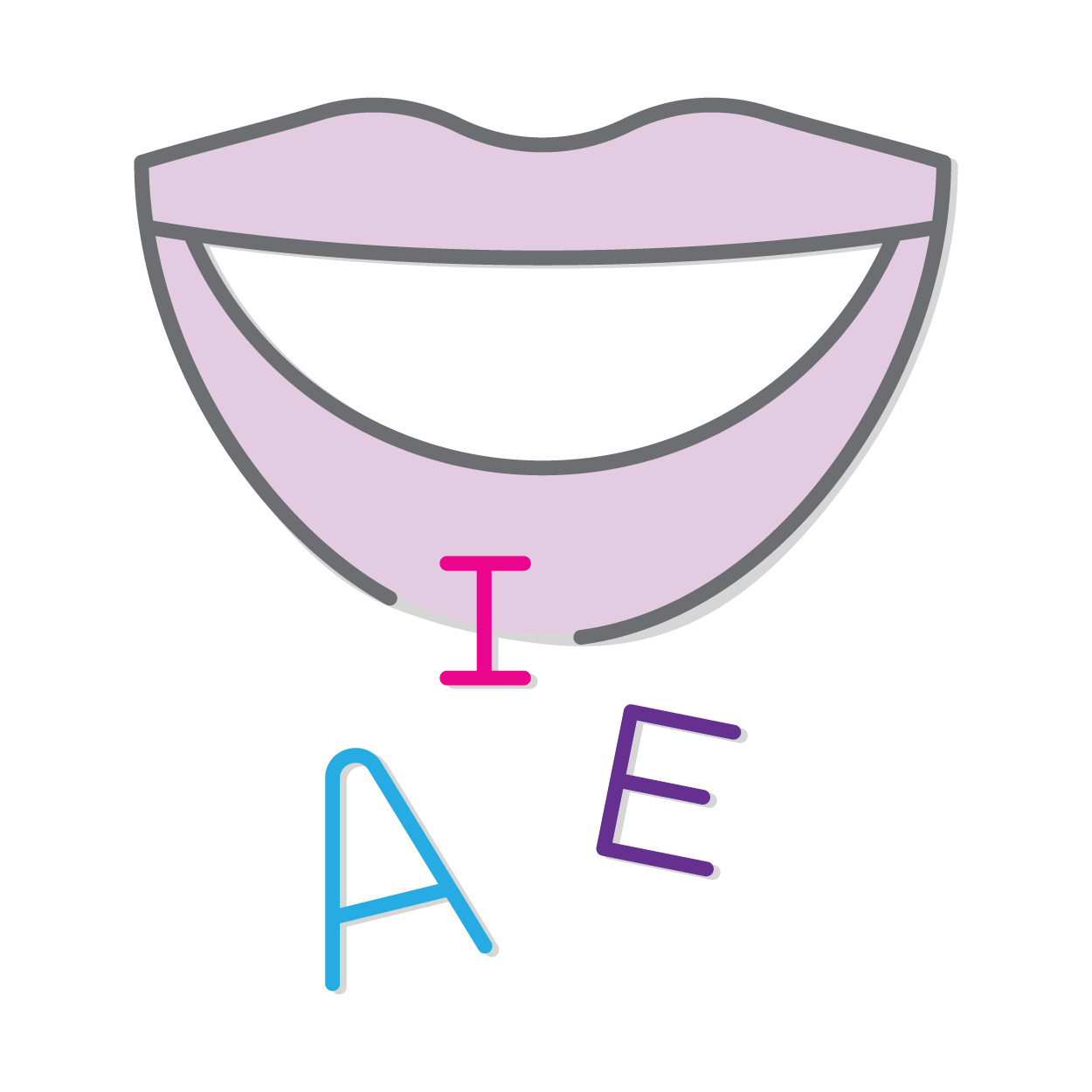
BCBA & Speech Language Pathologist (SLP) Collaboration
It Takes A Village will make attempts to collaborate and communicate with speech pathologists to further help your child meet their expressive and receptive language skills.
READY To Get Started?
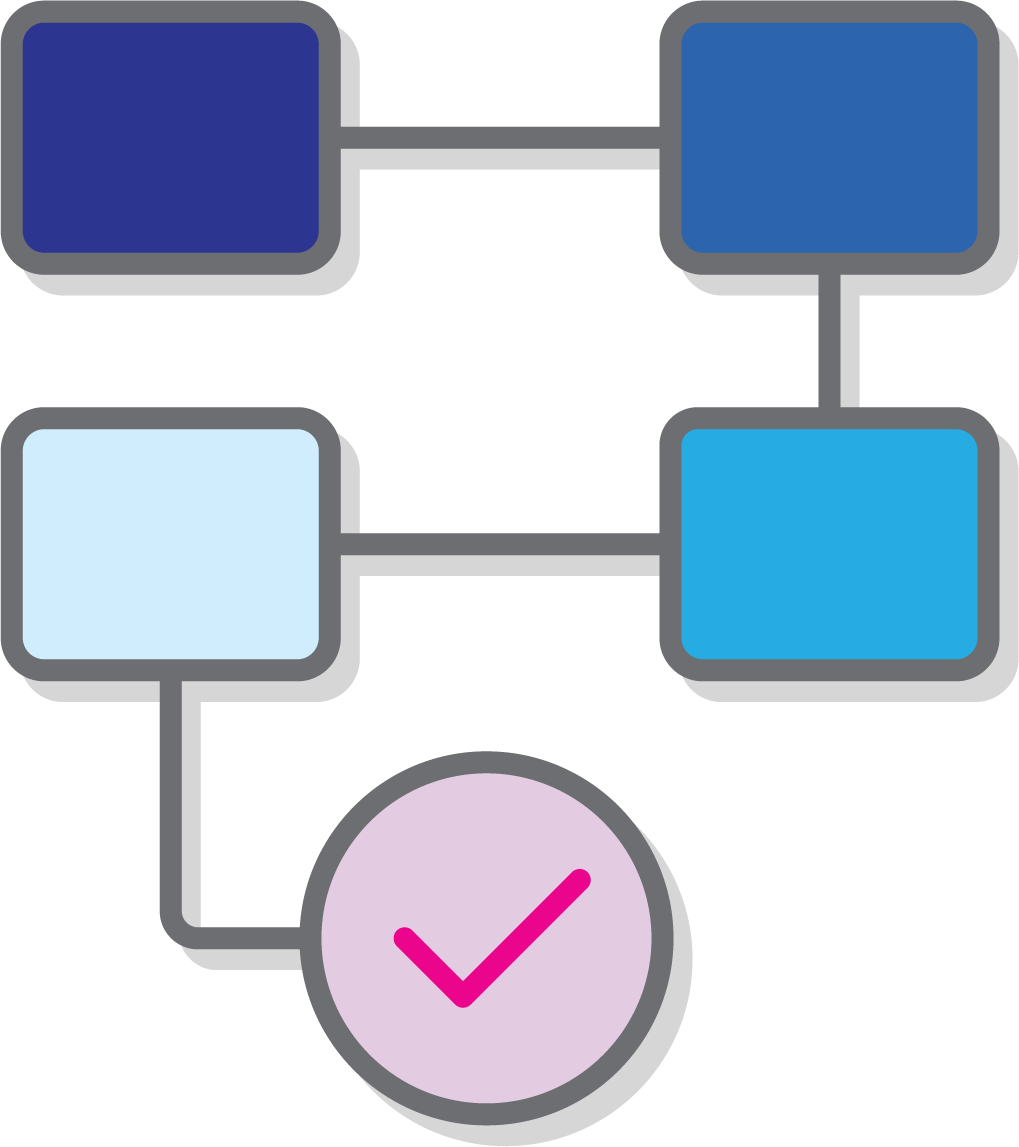
Discrete Trial Teaching (DTT)
Breaking down a skill into smaller, more manageable subsets.
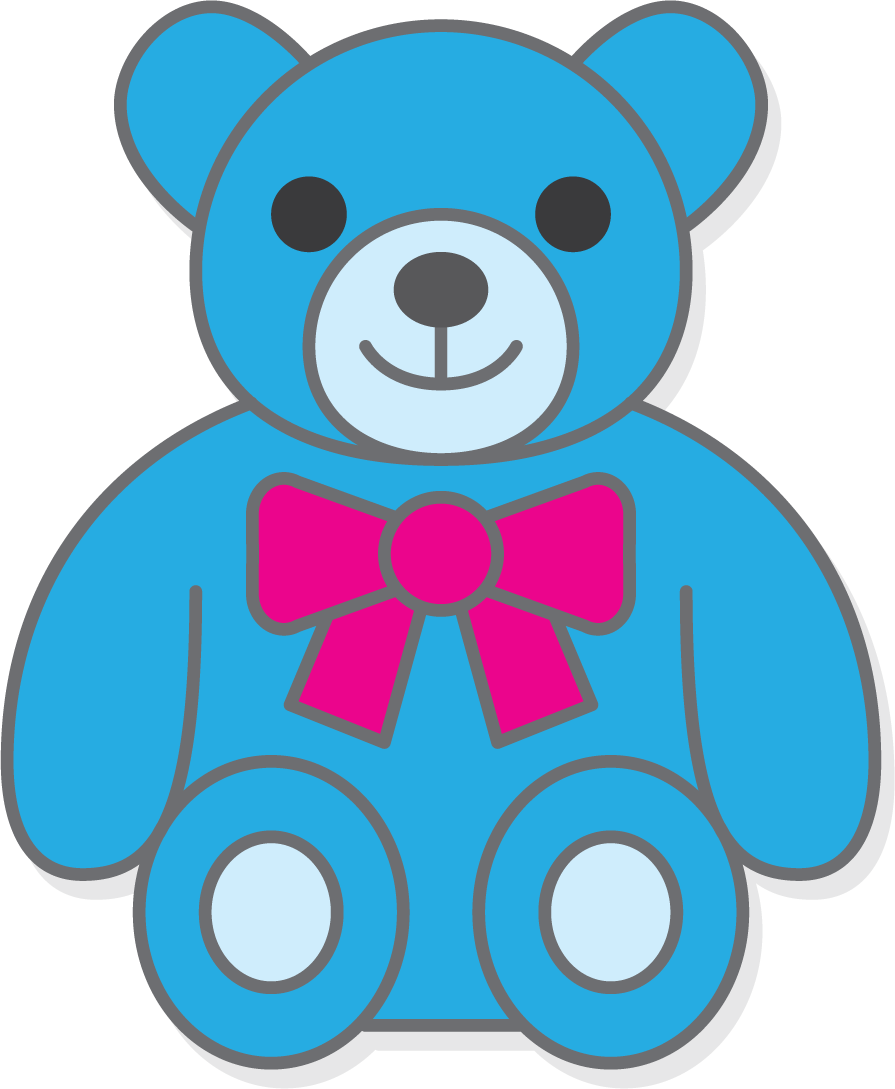
Natural Environment Teaching (NET)
Utilizing items of familiarity, like favorite toys, to acquire skills and reach behavior goals.

Modeling
Physically demonstrating the desired behavior or skillset.

Token Boards
A visual that increases the child’s motivation to complete tasks.
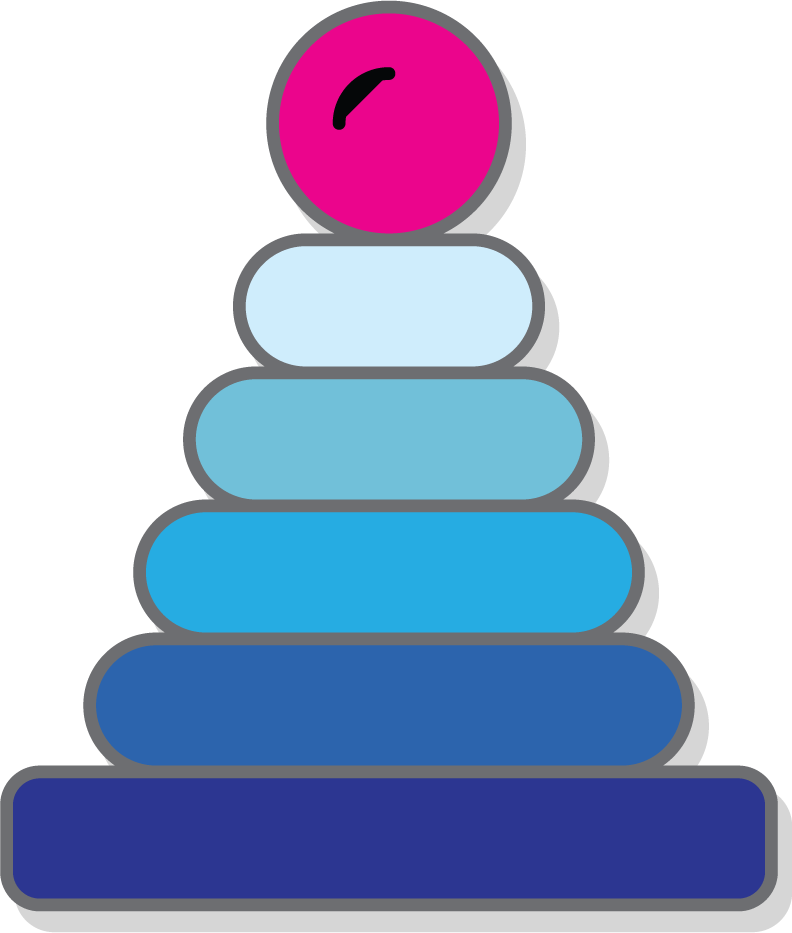
Behavior Shaping
Gradually teaching a new skill by teaching the smaller steps first.

Prompt-Fading
Decreases dependency on a prompt.
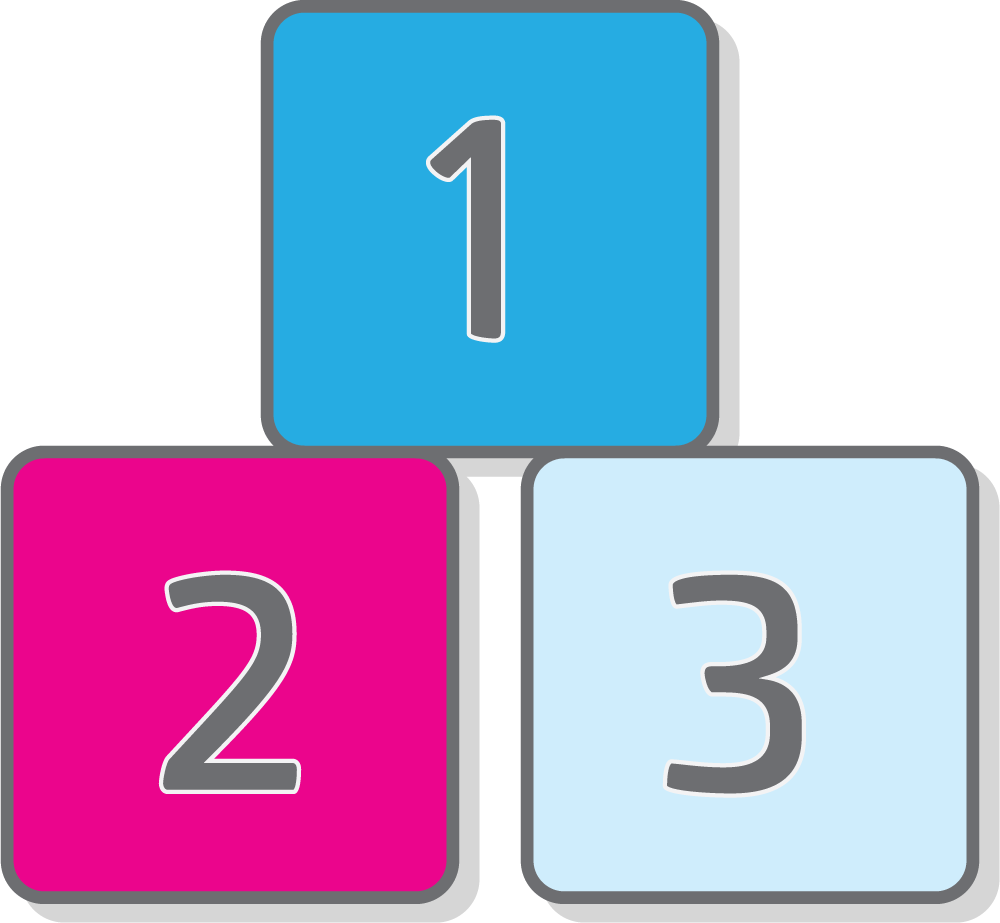
Task Analysis
Breaks down complex tasks into smaller steps for concept retention.
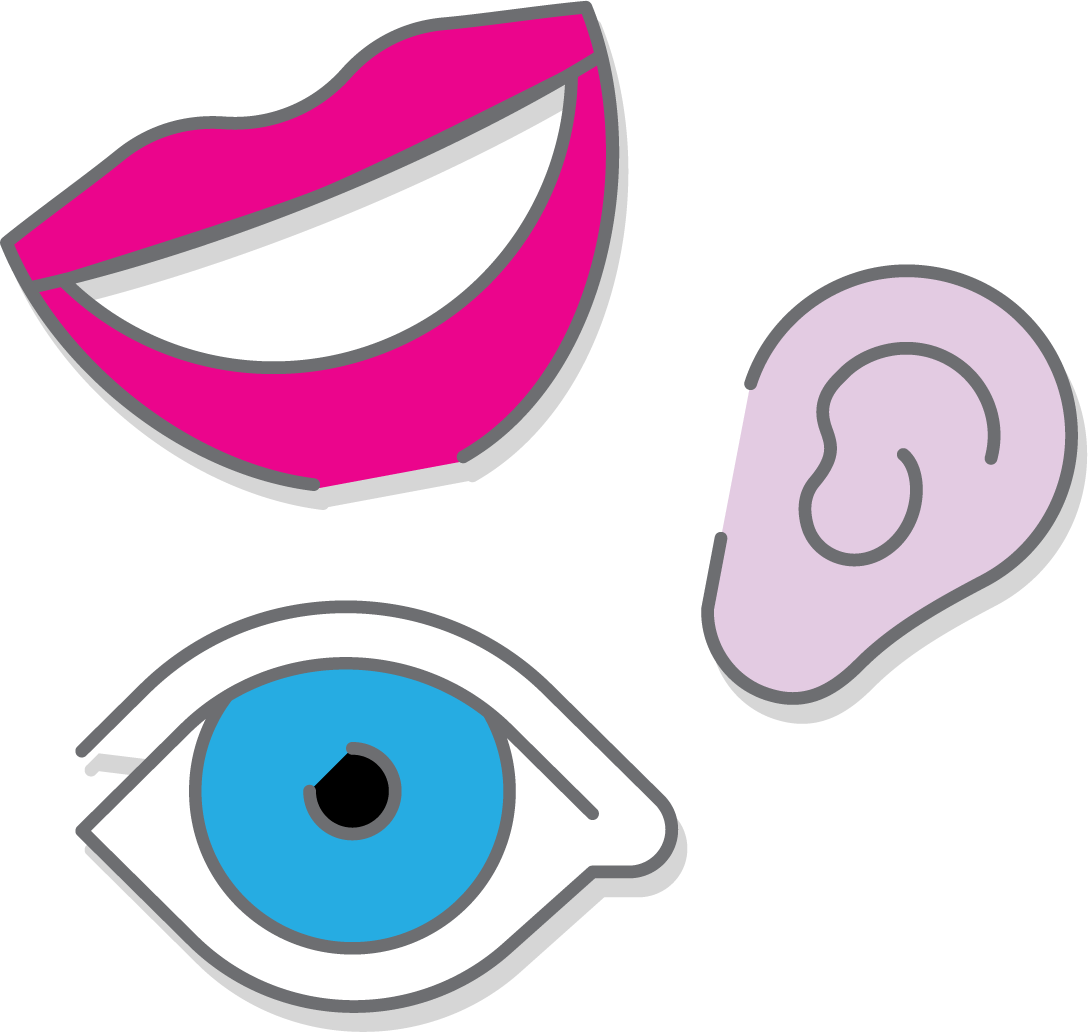
Teaching Mands
Teaches appropriate communication of wants and needs.
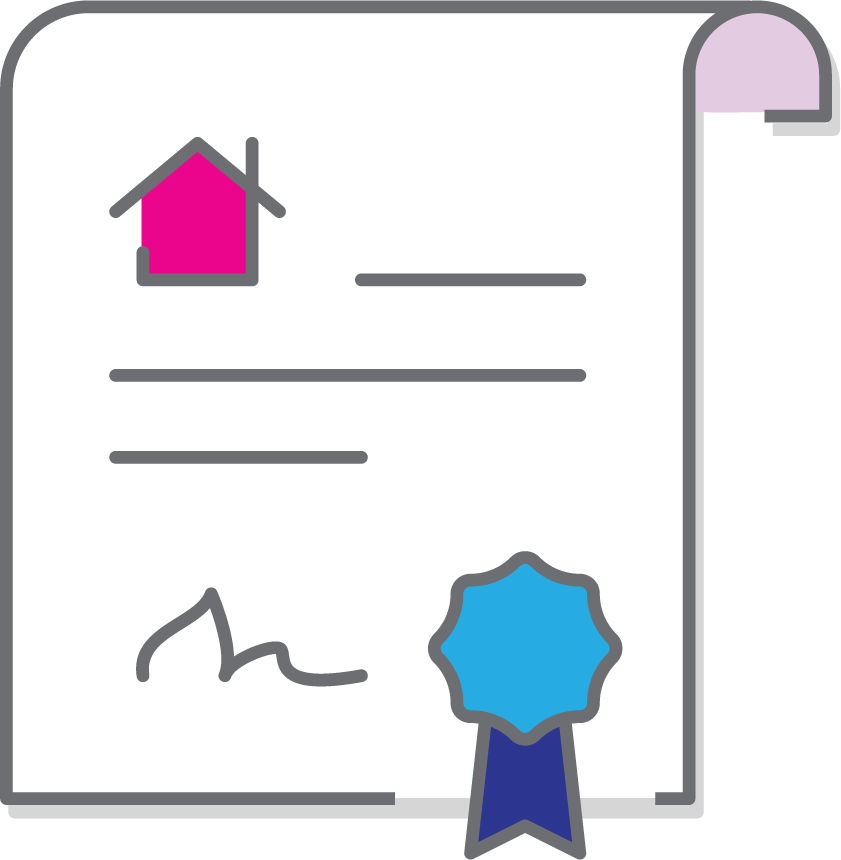
Behavior Contracts
Written agreement outlining behavior and tasks for a pre-determined length of time.